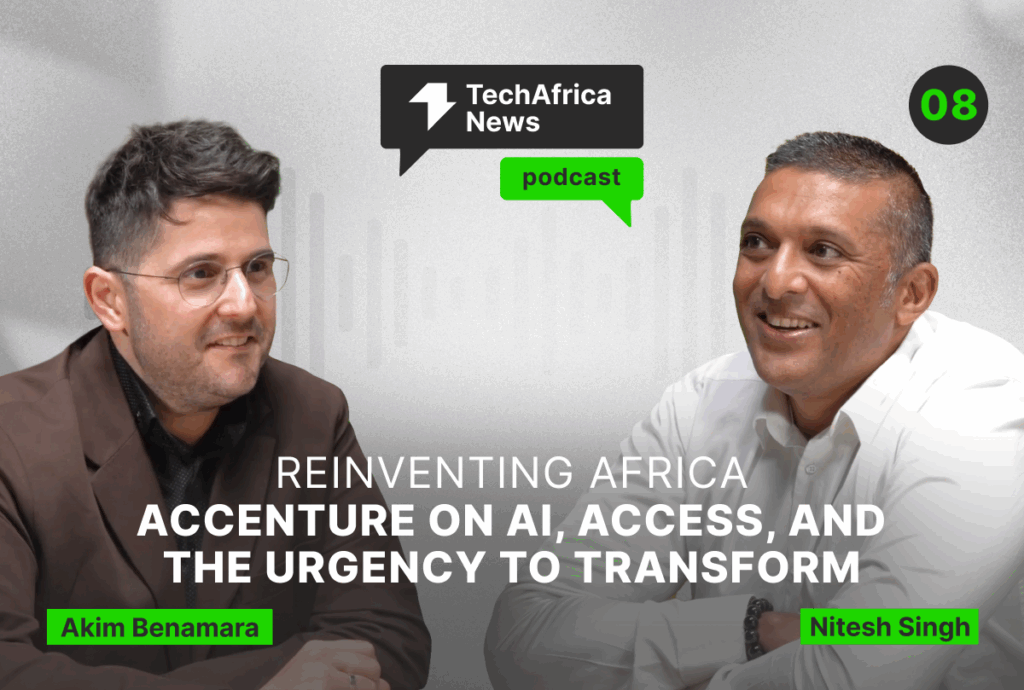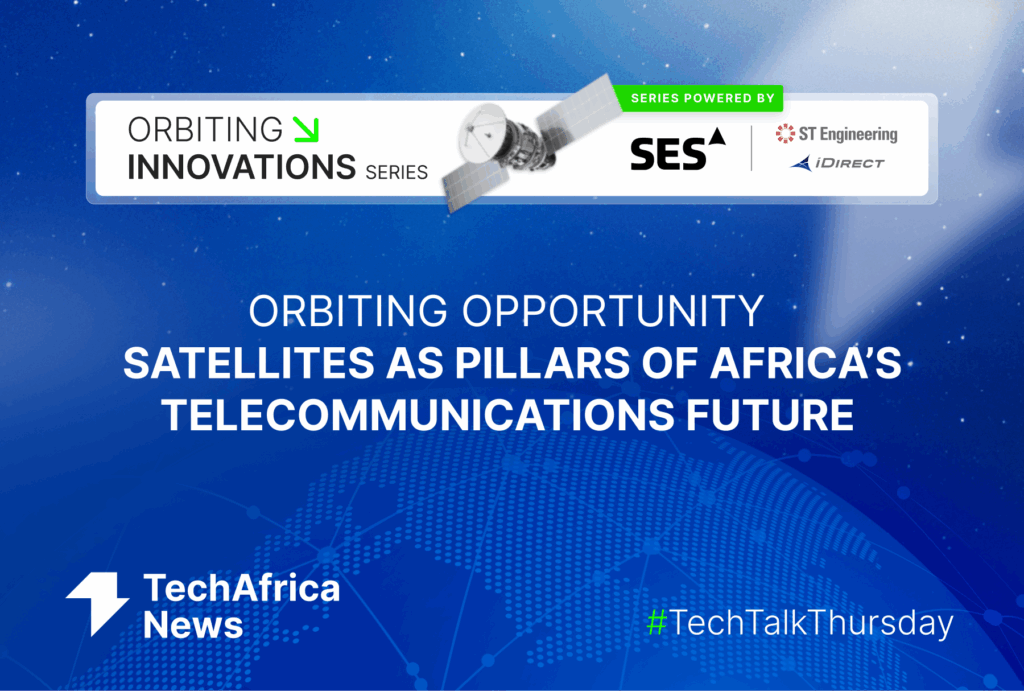Dubai Launches World’s First Human–Machine Content Classification System
The Human–Machine Collaboration (HMC) classification system, developed by the Dubai Future Foundation, is designed to enhance transparency in research and content production.

His Highness Sheikh Hamdan bin Mohammed bin Rashid Al Maktoum, Crown Prince of Dubai, Deputy Prime Minister, and Minister of Defence, and Chairman of the Board of Trustees of Dubai Future Foundation, approved the launch of a global classification system that defines the role of humans and machines in the research, production, and publication of creative, scientific, academic, and intellectual content.
“Distinguishing between human creativity and artificial intelligence has become a real challenge in light of today’s rapid technological advances. This calls for a new approach to recognise the growing role of intelligent machines. That’s why we launched the world’s first Human–Machine Collaboration Icons: a classification system that brings transparency to how research, publications, and content are created.”
–His Highness Sheikh Hamdan bin Mohammed bin Rashid Al Maktoum, Crown Prince of Dubai, Deputy Prime Minister, and Minister of Defence, and Chairman of the Board of Trustees, Dubai Future Foundation.
“We invite researchers, writers, publishers, designers, and content creators around the world to adopt this new global classification system and use it responsibly and in ways that benefit people.”
–His Highness Sheikh Hamdan bin Mohammed bin Rashid Al Maktoum, Crown Prince of Dubai, Deputy Prime Minister, and Minister of Defence, and Chairman of the Board of Trustees, Dubai Future Foundation.
His Highness also directed all Dubai Government entities to begin adopting the system in their research and knowledge-based efforts.
Promoting Transparency in Content Creation
The Human–Machine Collaboration (HMC) classification system, developed by the Dubai Future Foundation, is designed to enhance transparency in research and content production. It offers a visual representation that enables readers, researchers, and decision-makers to understand how much of a given output was shaped by intelligent machines, across fields such as research, design, and publishing. Such fields are increasingly becoming reliant on machines and automation technologies.
The classification defines “intelligent machines” as a broad category encompassing various digital technologies, including algorithms, automation tools, generative AI models, and robotics or any technological system that plays a role in the research or content creation process.
Five Primary Classifications
The HMC system introduces five primary icons that indicate the extent of collaboration between humans and intelligent machines:
- All Human: Content is fully produced by a human with no machine involvement.
- Human led: Human-produced content enhanced or checked by machine for accuracy, correction, or improvement.
- Machine assisted: Humans and machines worked together iteratively to produce the content.
- Machine led: Machine took the lead in producing the content, with humans verifying quality and accuracy.
- All Machine: Content was entirely generated by machine with no human input.
Nine Sub-classifications by Function
In addition to the five primary icons, the system also includes nine functional icons that indicate where in the process human–machine collaboration occurred. These cover ideation, literature review, data collection, data analysis, data interpretation, writing, translation, visuals, and design.
The icon system is designed to be flexible and adaptable across sectors, industries, and content formats, including image and video outputs. While it does not assign percentages or exact weights to the contribution of machine, it enables creators to disclose involvement transparently, acknowledging that evaluation often relies on personal judgement.






